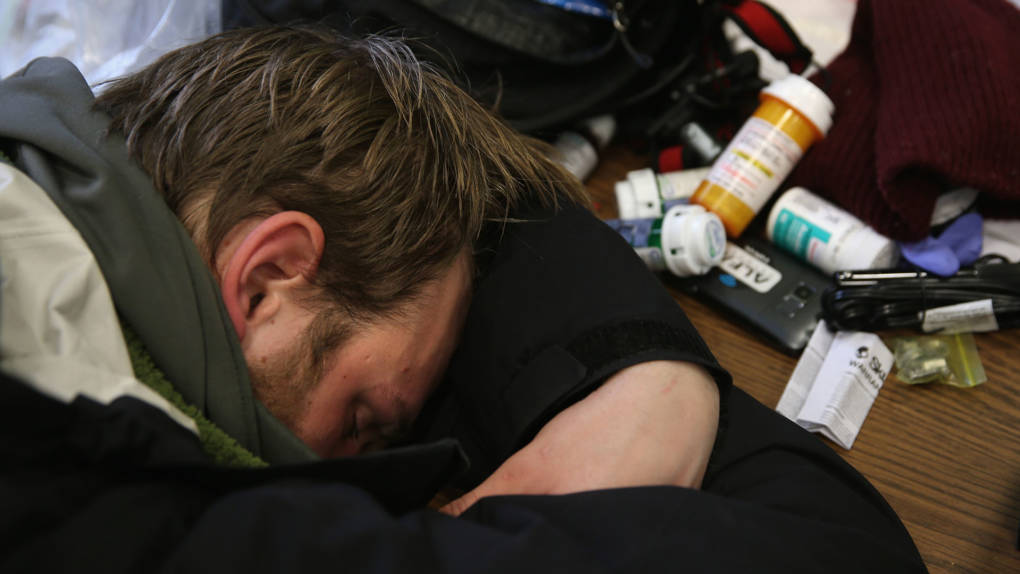Low levels of a dangerous animal tranquilizer were found in the bodies of four people in San Francisco who died of drug overdoses in December and January, health officials announced on Thursday.
It marks the first time that xylazine, commonly known as “Tranq,” has been detected in San Francisco’s street drug supply, further complicating efforts to tackle the Bay Area’s mounting opioid crisis.
“This is a concern because we have seen that xylazine, which has been present in the East Coast drug supply now for several years, can cause significant illness and disability among people who have used the drug repeatedly,” said Dr. Jeffrey Hom, a drug treatment expert at the San Francisco Department of Public Health.
Frequent xylazine use can lead to physiologic dependence and withdrawal symptoms, Hom said. Chronic injection of the drug has also been associated with severe, necrotic skin lesions, often requiring advanced wound care and, in extreme cases, amputation.
Although not FDA-approved for use in humans, the veterinary sedative is sometimes mixed with fentanyl, heroin and other street opioids to heighten or prolong their effects. It can be smoked, snorted or injected. And unlike with fentanyl, there are no testing strips available for users to identify it.
“At this point in time, we don’t believe that it’s widely prevalent. We have not heard the same extent of reports of wounds or xylazine intoxication,” Hom said. “But we are concerned about it and working to increase our surveillance for it.”



